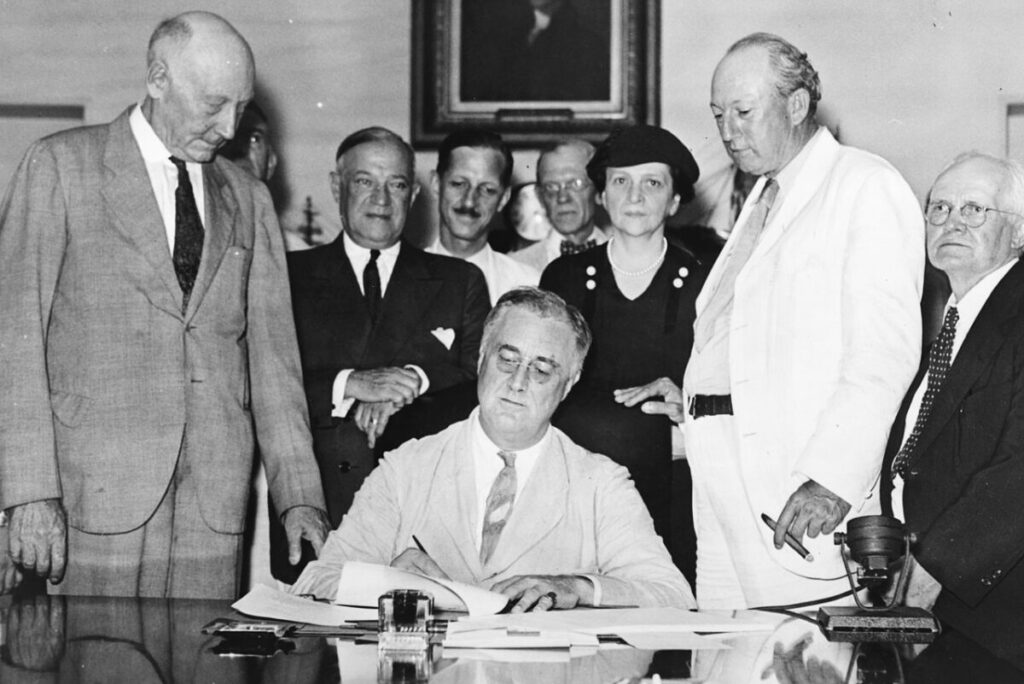After 90 Years Does Social Security Still Deliver on FDR’s Vision?

Social Security celebrates its 90th anniversary this summer. When President Franklin D. Roosevelt signed the Social Security Act on August 14, 1935, he stated, among other things, that its purpose was to “give some measure of protection to the average citizen and to his family against … poverty-ridden old age.”
Sadly, that is no longer the case. According to data from the Pew Research Center, more than one in five Americans — 73.9 million people — receive some form of Social Security benefits. The majority of which — 52.6 million — are retired workers. It found that almost 87 percent of people older than 65 receive Social Security benefits, and 93 percent of those 75 and older are recipients.
Not only are the vast majority of older Americans receiving Social Security, but it’s the sole source of income for most. The report found that Social Security makes up at least half of total personal income for about 63 percent of adult recipients and three-quarters of income for about 44 percent of people. Most striking, Social Security is the only source of income for 27 percent of adult recipients.
Securing Social Security
This illustrates the importance of this program to American life. With Social Security facing a severe funding shortfall, its solvency is at stake.
We at The Seniors Trust believe the Social Security Expansion Act is the only option. Not only does this landmark bill provide financial relief for retirees, but it also strengthens the Social Security program, ensuring its future.
Once enacted, the Social Security Expansion Act will increase benefits by $200 per month across the board; update and increase the minimum benefit to 125 percent of poverty, to ensure that no one retires into poverty after a lifetime of work; and switch to the more accurate consumer price index for the elderly (CPI-E), that more accurately reflects seniors’ spending to provide a fairer annual cost-of-living adjustment (COLA).
Additionally, this bill ensures that all benefits will be paid in full and on time for the next 75 years and beyond by requiring those with incomes of $250,000 or more to pay into Social Security on all of their income, earned and unearned, above that $250,000 threshold. This change will ensure the long-term solvency of this crucial program, allowing Social Security to fulfill President Franklin D. Roosevelt’s vision.



